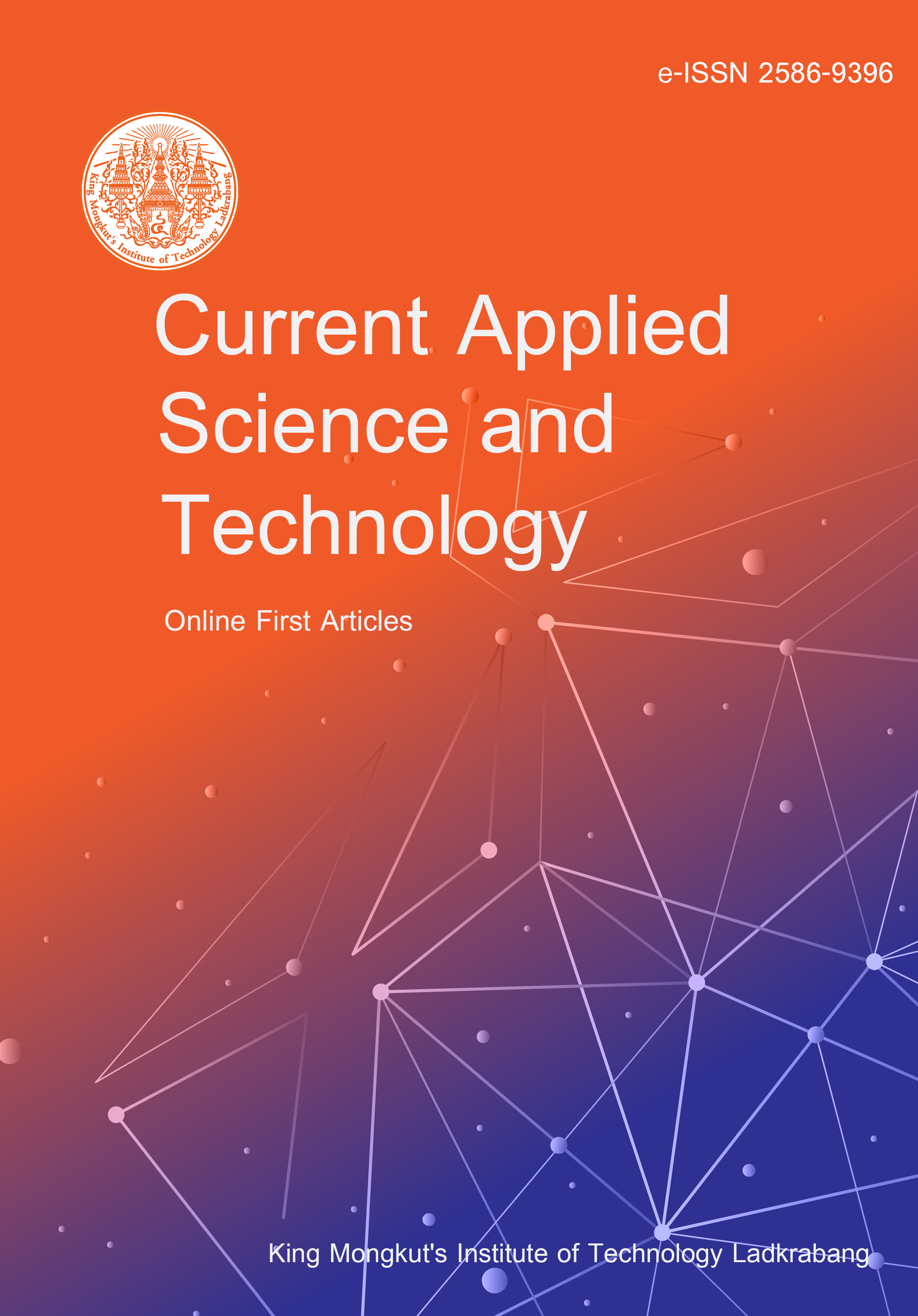The “sapote” Colicodendrum scabridum (Kunth) Seem. is an emblematic coastal species in the seasonally dry tropical forest; however, it is highly vulnerable due to indiscriminate logging and habitat destruction resulting from agro-industrial expansion. This study aimed to characterize specially the morphological variability of fruits and seeds, evaluate seed germination percentage, and analyze the vulnerability status of C. scabridum collected from a 60-hectare area in the Salas District (Lambayeque, Peru). We collected fruits, seeds, and leaves from 12 accessions and assessed their morphological traits. The analysis revealed significant variations in fruit size and shape, leaf dimensions, fruit weight, and seed count. Additionally, germination rates exhibited considerable variability among the fruit samples. The species' vulnerability is underscored by the ongoing destruction of its natural habitat. This study highlights the urgent need for conservation efforts by rural communities, government and academic authorities.
Paredes, G. D. ., Vásquez-Díaz, C. ., Esquerre-Ibañez, B. ., & Da-Silva, F. Z. . (2025). Morphological Variability, Seed Germination and Vulnerability in Sapote (Colicodendron scabridum [Kunth] Seem.). CURRENT APPLIED SCIENCE AND TECHNOLOGY, e0264229. https://doi.org/10.55003/cast.2025.264229

